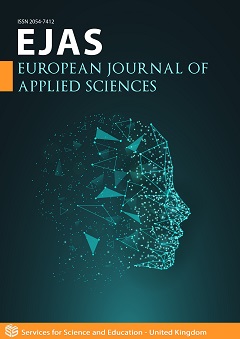Strategic Management of Societal Practices on the Environment for Peaceful and Harmonious Development of a Nation: The Role of Unions and Professional Associations. Would Evil Regimes Affect Such a Society?
DOI:
https://doi.org/10.14738/aivp.105.13149Keywords:
Unions, professional associations, teams, cooperation, society, environment, culture, technology, organization and government.Abstract
Unions and professional associations within organizations must cooperate and work assiduously for organizations to execute operations smoothly to achieve their mandates. Teams comprising union, professional association and managers of the organization should work together peacefully; a sine qua non for organizations to succeed and achieve corporate goals. Societal norms and cultures within the environment, especially where the multi-national companies operate should be monitored for peace and harmony to exist. Governments that are evil should not be allowed to dictate how the foreign company’s policy should be, regarding the entrepreneur’s new environment. Apart from the organization given employment to the citizenry in the new environment, the entrepreneur also stands to gain some profits from his/her endeavours, so it is a win-win situation. The environment should be well maintained, especially with the introduction of green technology - deep leaning and artificial intelligence – as technological panacea; this would hopefully ward off climate change, greenhouse emissions of gases and carbon footprint, for the sustenance of the environment for future generation to live and work healthily.
Downloads
Published
How to Cite
Issue
Section
License
Copyright (c) 2022 Francis Kwadade-Cudjoe

This work is licensed under a Creative Commons Attribution 4.0 International License.






